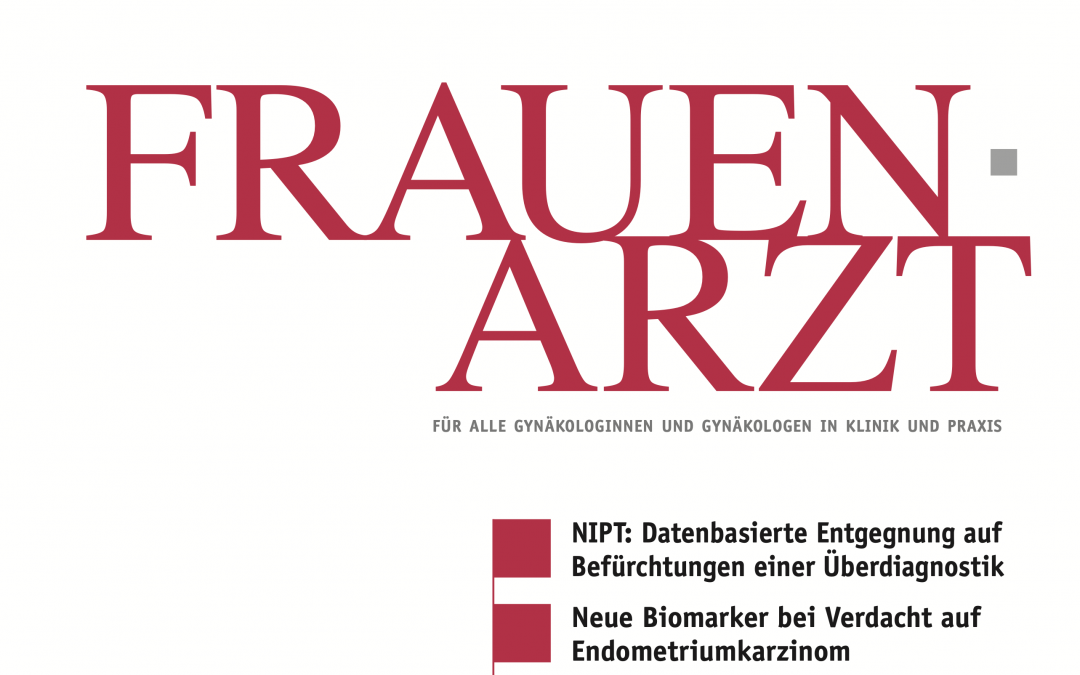In the current issue of the specialist journal FRAUENARZT (9/2025, p. 628-634), Prof. Peter Hillemanns (Hannover Medical School), Prof. Julia Gallwas (University Medical Center Göttingen) and Prof. Martin Widschwendter (EUTOPS, University of Innsbruck/LKH Hall) address the question of how new biomarkers can improve the diagnosis of endometrial cancer. The article focuses in particular on DNA methylation assays – an approach that Sola Diagnostics GmbH is also consistently pursuing.
DNA methylation tests are based on the detection of epigenetic changes that play a central role in tumor development and progression. In contrast to purely morphological methods, these molecular markers can provide indications of malignant changes at a very early stage. The FRAUENARZT article emphasizes that several test procedures – including WID®-easy, CISENDO® and MPap® – have shown high diagnostic accuracy in studies. The advantage becomes particularly clear when compared with transvaginal ultrasound: while TVS has a high sensitivity but low specificity, methylation assays achieve values that combine both dimensions. For example, the authors report a sensitivity of 91 % and a specificity of 97 % for the WID®-easy test.
In addition to pure performance, another advantage of these tests is the potential reduction in unnecessary invasive procedures. By improving the differentiation between benign and malignant changes, patients could be diagnosed in a more targeted and gentle manner. In this context, the article outlines a possible future diagnostic pathway in which DNA methylation tests are systematically integrated.
For Sola Diagnostics GmbH, this publication confirms the path we have taken: our work is based precisely on this principle – the integration of DNA methylation methods into clinical practice in order to make diagnostics for endometrial cancer more precise, gentle and patient-oriented. The article in FRAUENARZT makes it clear that these technologies are now not only being discussed in research, but have also arrived in clinical practice.
We see this as a clear confirmation of our mission: to consistently develop innovative molecular diagnostics in such a way that they become an integral part of diagnostic standards in the future – in the interests of patients and treating physicians alike.
Click here for the article (login required): LINK TO THE ARTICLE

